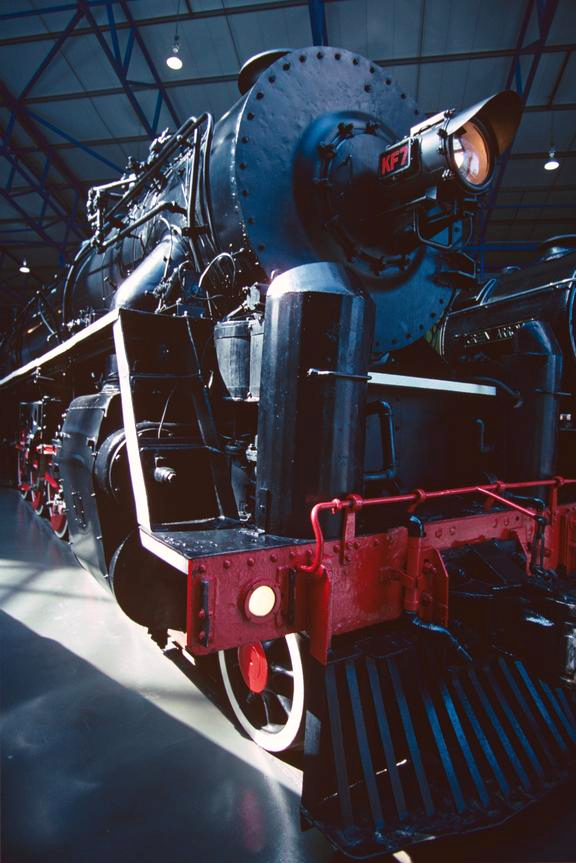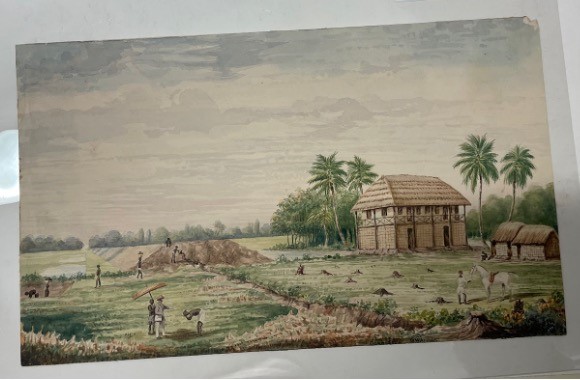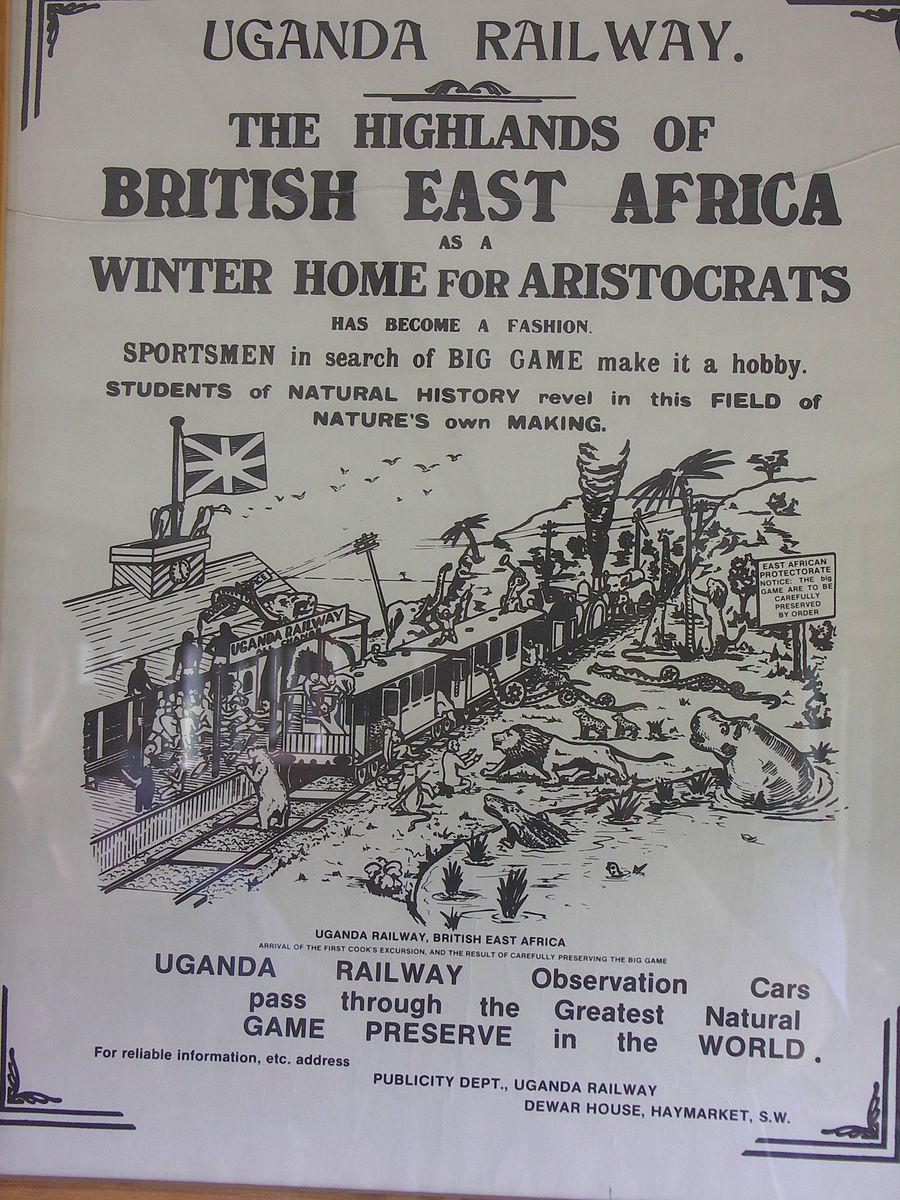'Diversifying the National Collection' at the National Railway Museum
Posted on 24 June 2022

KF-7 (Chinese) Locomotive
Kelly Bosomworth, MA Public History 2021/22
Increasingly, museums in the UK have undertaken attempts to decolonise their collections and grapple with their difficult histories, especially since the Black Lives Matter movement and growing public pressure. On my placement at the National Railway Museum I was able to gain an understanding of how institutions can do this by both re-examining their current collections, as well as widening the narratives told.
The title of the project was ‘Diversifying a National Collection’, which reflects the museum's aim of exploring the more complex and diverse narratives that can be told within its collections. My role on the placement was to work with two other students to create a mock exhibition design on a topic of our choosing. With the objectives in mind, our group decided to focus on the role of the introduction of railways in British imperialism. In particular, we focused on India, East Africa and China. This research topic felt particularly compelling for all of us due to the significance of the British railways in spreading British influence throughout these geographical regions. Plus, although there were various objects on display in the museum that related to British imperialism it was clear that many were largely unexplored or did not shine enough light on this matter.

Indian Railway Builders
One popular misconception is that the railways were a great gift that the British gave to their former colonies and countries during British imperial expansion. Yet, this attitude ignores the exploitation and oppression of colonial subjects that occurred, as well as the fact that British imperialists built the railway for their own benefit. As a consequence, I felt that our exhibition design had a responsibility to the NRM’s wide audience in disproving this myth by instead exploring the complexity of the introduction of railways in these regions.
Our group began by researching extensively and finding objects in the collection which coincided with the topics we hoped to cover. Ultimately, we settled on three main themes that we organised our exhibition into: British comforts, local sabotage, and ‘exotic’ expansion. Within these themes we explored economy, culture, resistance, as well as the legacies of the introduction of British imperial railways in these areas.

Poster from British East Africa railway
However, whilst working on the exhibition content it became clear that it was challenging to provide a diverse history due to the objects being derived solely from the British perspective. For example, various photographs and illustrations that were created by the British during their travels. We attempted to omit this by ensuring that we included native voices throughout the exhibition by discussing the consequences and legacies of the introduction of railways on local people. Plus, we proposed the interloaning of items from international museums and a video viewing area (that would display clips such as Bollywood movies that were filmed on the British built railways in order to subvert the traditional imperial purpose).
Once we decided upon the objects and content of our exhibition design, we began outlining the practicalities of our final design. Fortunately, we received training on the audience segments of the museum and how to write interpretive text which made this process much easier. In our design we outlined our chosen audience segments, a floorplan of the space, the design of our exhibition panels, as well as created our theme panels and some examples of object labels. This process was extremely useful for me because it has provided me with skills and first-hand workplace experience in the sector. Likewise, throughout the placement I had regular meetings with my supervisor and various members of staff at the museum. This opportunity to gain access to expertise and advice from museum professionals was invaluable.
At the end of the placement we presented our exhibition design to a group of NRM staff. Being able to share my research to this audience was a wonderful experience because of the engagement we received, which allowed my ideas and passion to grow even further. Overall, my placement experience was extremely rewarding and enjoyable all whilst providing me with work experience I hope to use in the future.
